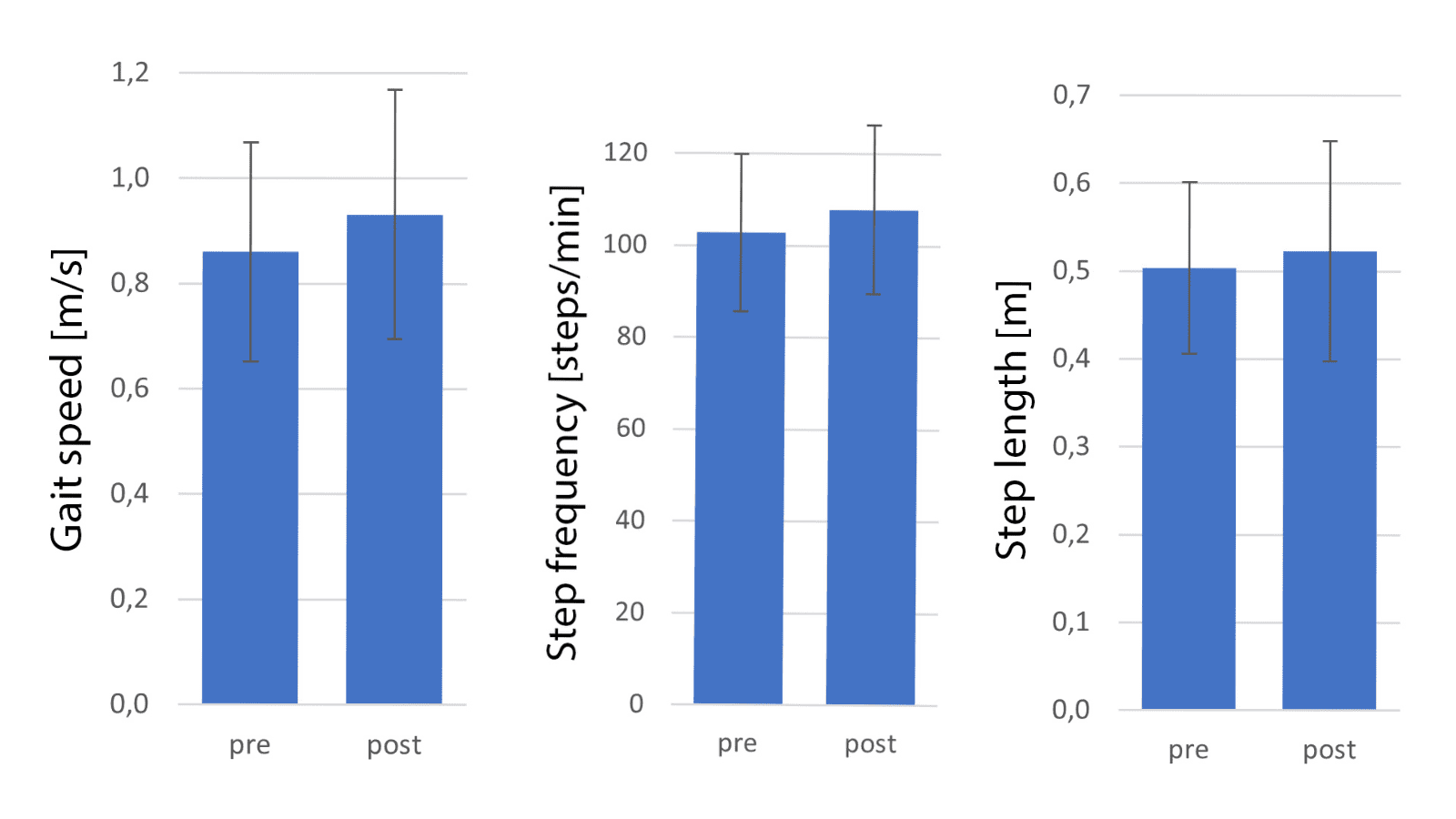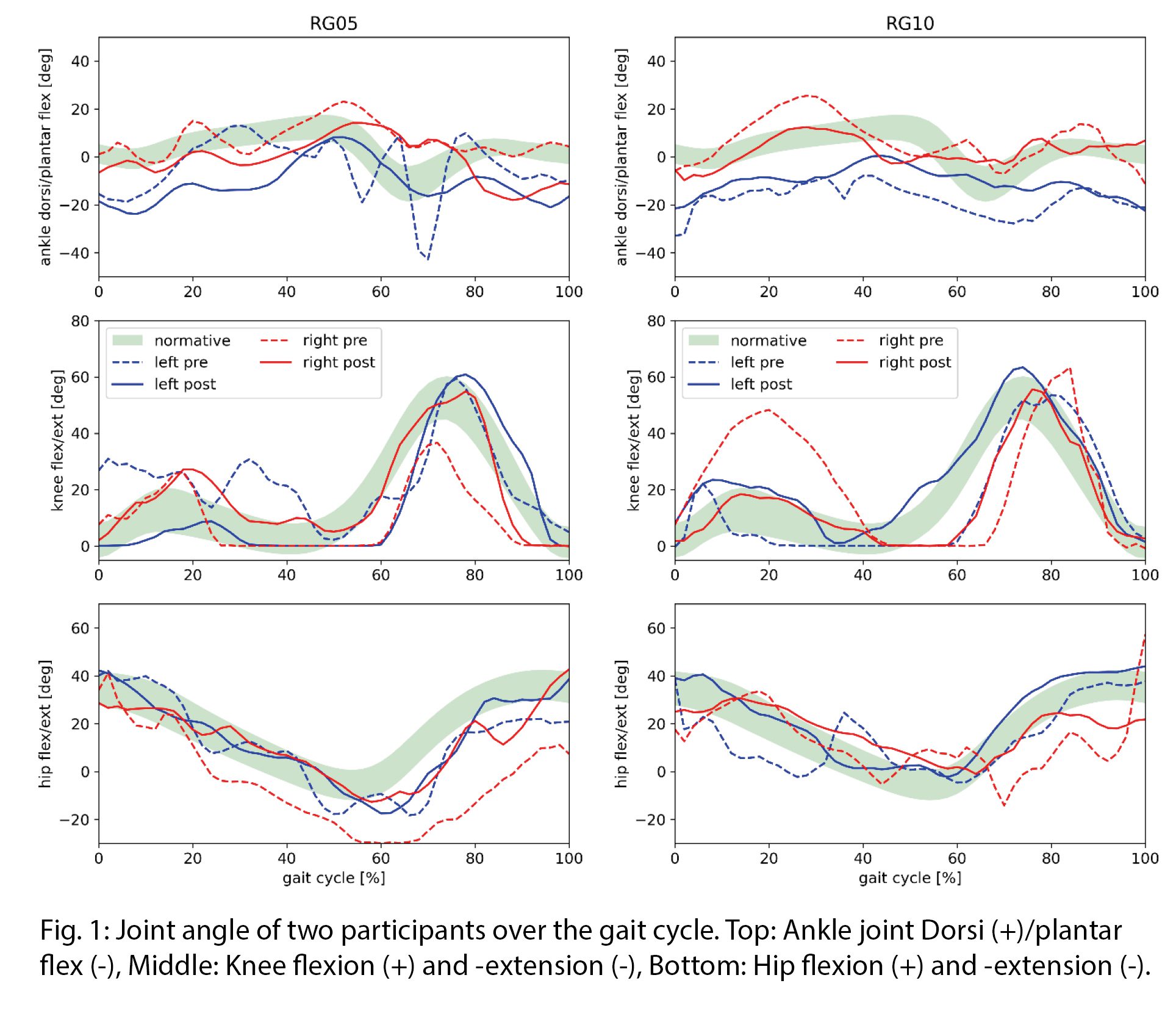The impact of regular tricycle riding on walking in children and adolescents with disabilities
Tricycles are an important aid for children and adolescents with movement disorders. The motion of cycling has medical-therapeutic benefits. Some of these include muscle strengthening, balance, and coordination. The use of a tricycle has also been shown to play a significant role in the social aspects of children and adolescents with disabilities, as seen by an increase in joy and self-esteem through spending time with family and friends. Cycling not only expands their range of activities – but also allows them to gather an understanding of spatial awareness. Furthermore, it has been observed that the use of a tricycle has a positive influence on the walking patterns of the user.
Positive effect on walking
Recent research from therapists shows that cycling can also facilitate walking for children with movement impairments. This is considered an especially interesting aspect because supporting gait training with cycling provides another opportunity to enhance and intensify therapy with joy and regular activities.
To examine this effect more closely, we conducted a study in which the walking patterns of children with disabilities were recorded before and after an intensive cycling interval. In total, 19 children and adolescents between the ages of 6 and 17 participated. The medical conditions included cerebral palsy, ataxia, and global developmental disorders, among others. All children and adolescents completed the three-week training period, averaging 13 sessions of 20 minutes on a tricycle, recumbent bike, therapy bike, or regular bicycle.
Most participants reported enjoying cycling and appreciating the group setting. Unpleasant effects, such as saddle discomfort or muscle soreness, were rare. Measurements with the mobile gait lab were also carried out with high motivation.
Focus on optimal care
Another positive effect observed by therapists was that by observing and analysing walking patterns, negative factors such as unfavourable aids or ill-fitting footwear were recognized and brought into focus.

The evaluation of gait analysis revealed that overall walking speed, step length, and step frequency were increased after the cycling interval. Regarding joint angles during walking, slight improvements were observed in individual participants. Some subjects exhibited an increased range of motion in the knees.

Figure 1 shows two examples. Participant RG05 had a reduced hyperextension of the right hip and right knee, as well as an improved right knee flexion during the swing phase after cycling training. Participant RG10 showed knee angles closer to the normative values after the cycling interval. Excessive plantarflexion, i.e., bending of the foot at the ankle towards the sole, was somewhat reduced on the left side after cycling. The positive effects and progression observed in the walking of participants further confirm the importance of cycling in the context of medical treatments.
The results of this study motivate us to continue to produce high-quality tricycles and therapy bikes so that many children and adolescents with movement disorders can benefit from therapeutic success. Here at Schuchmann, we focus on customisation which is achieved with a variety of optional accessories. This is imperative to us, as it is our mission to provide aids that cater to young disabled people to enrich their lives.


Comments are closed